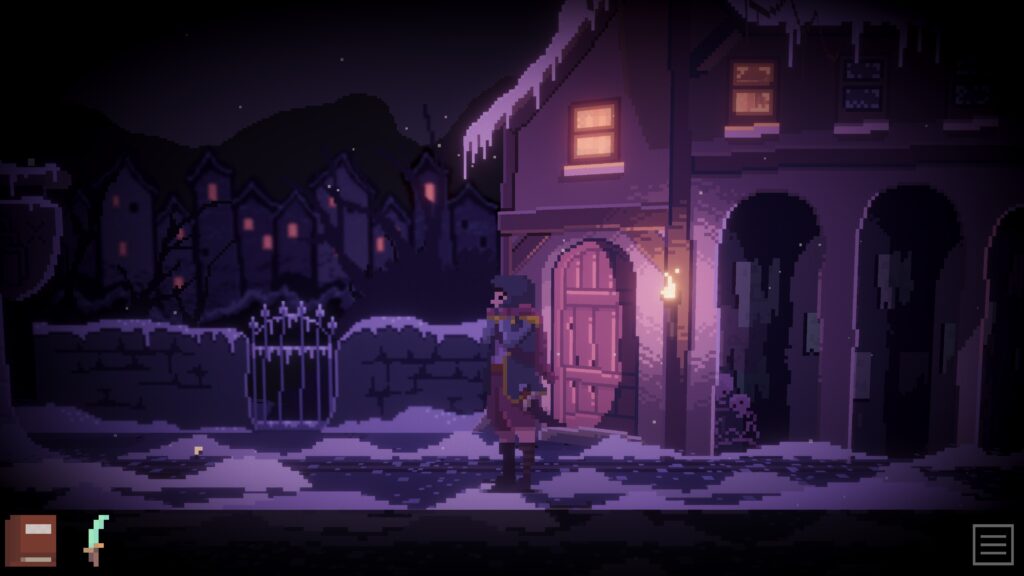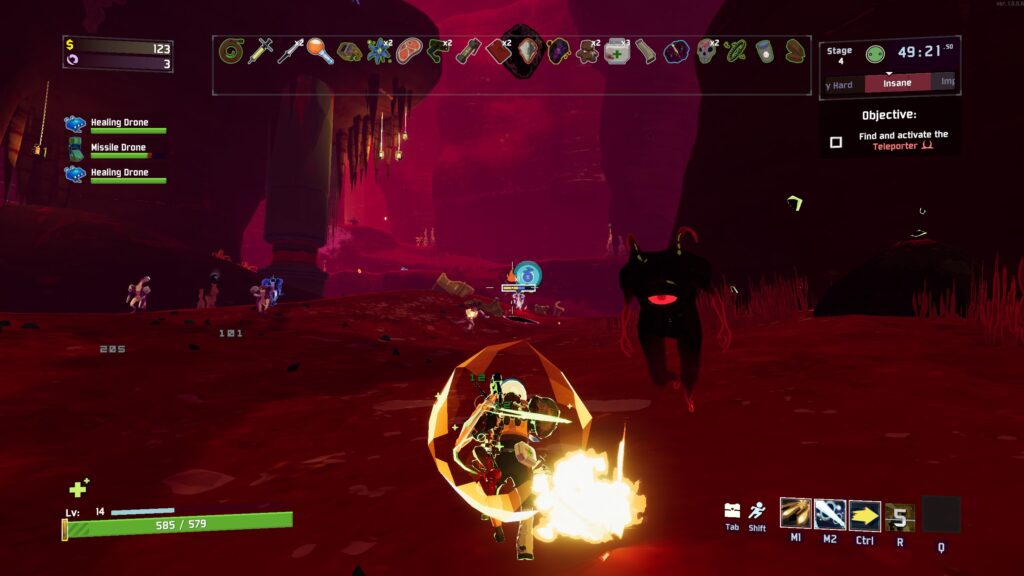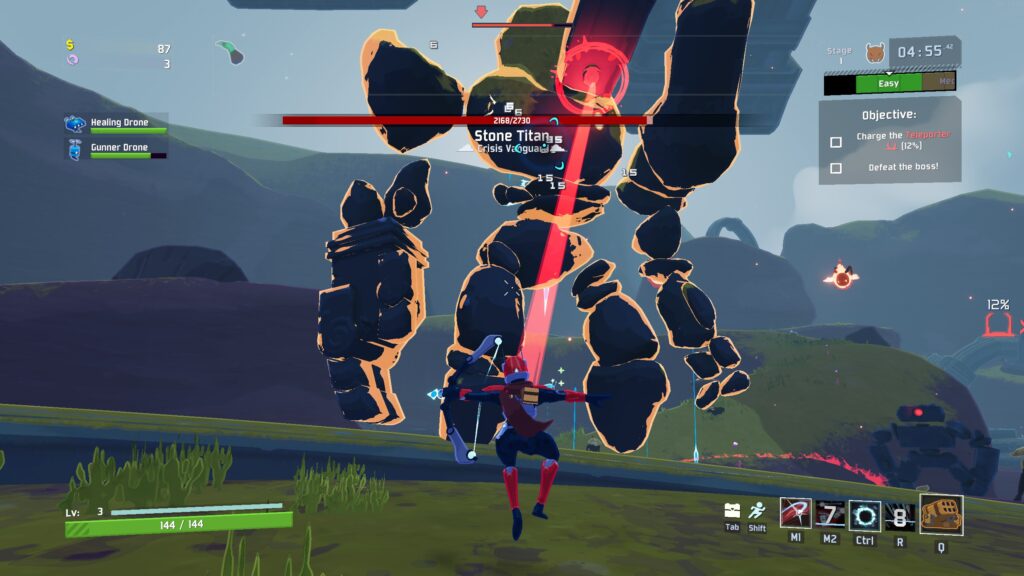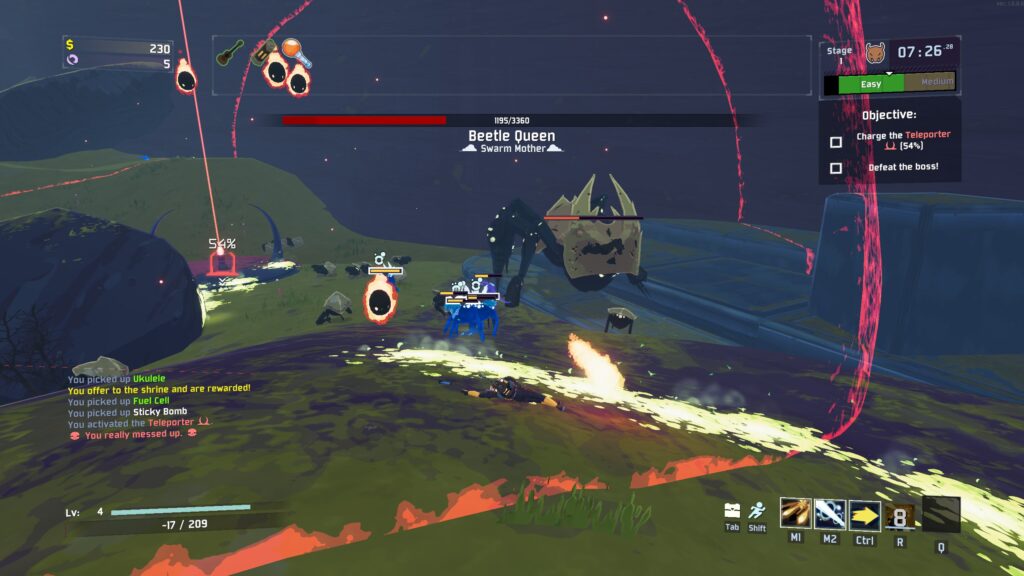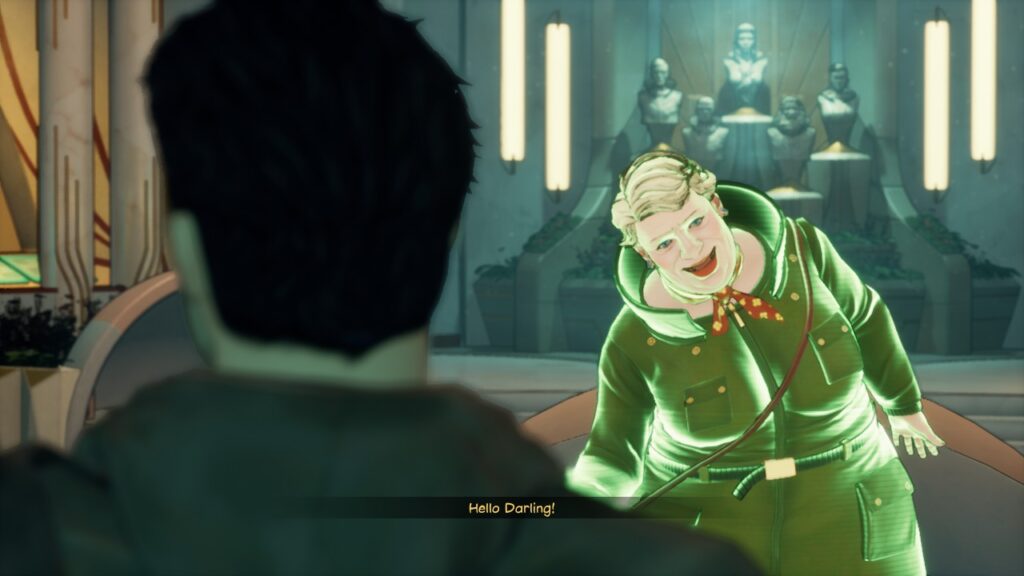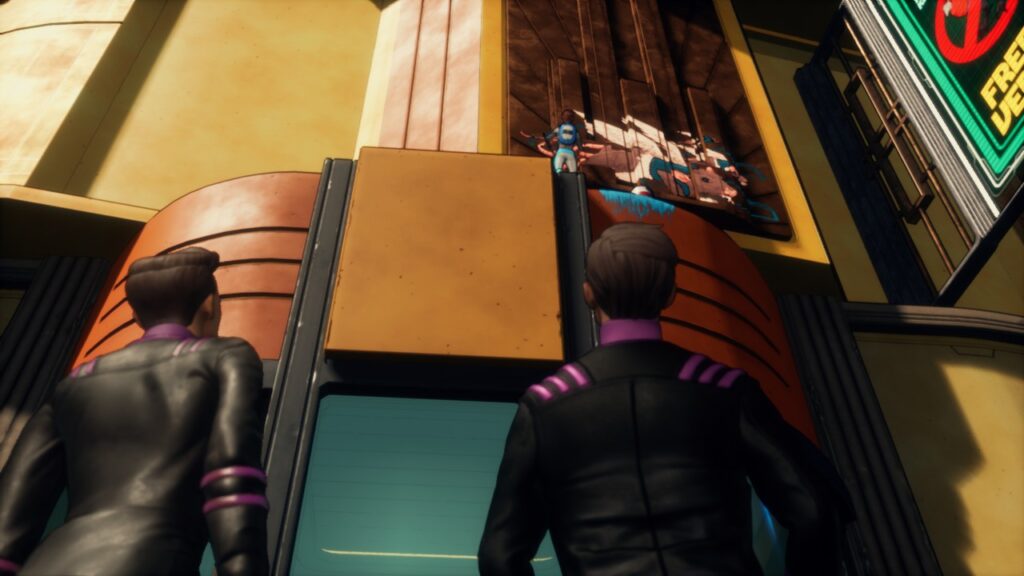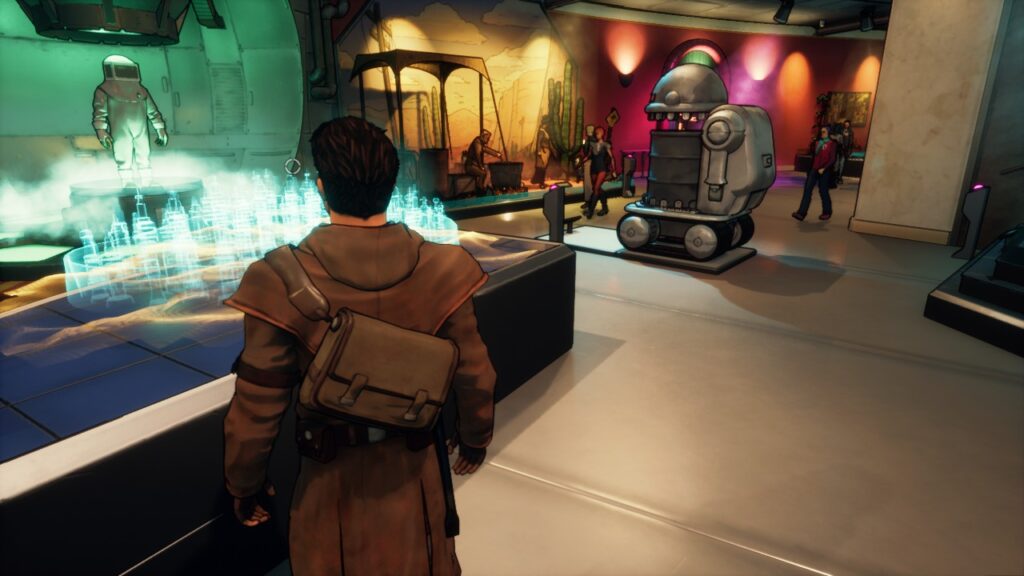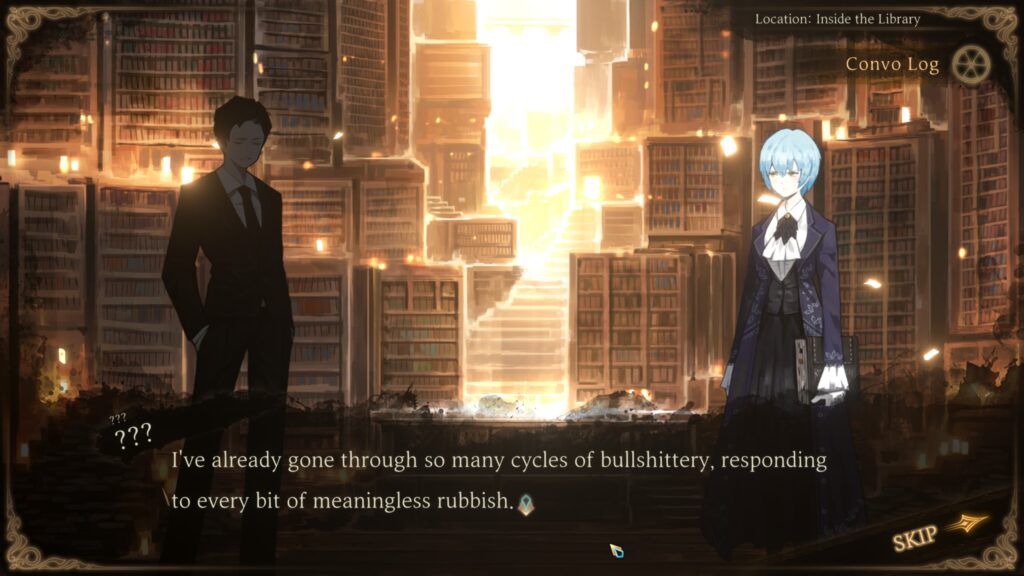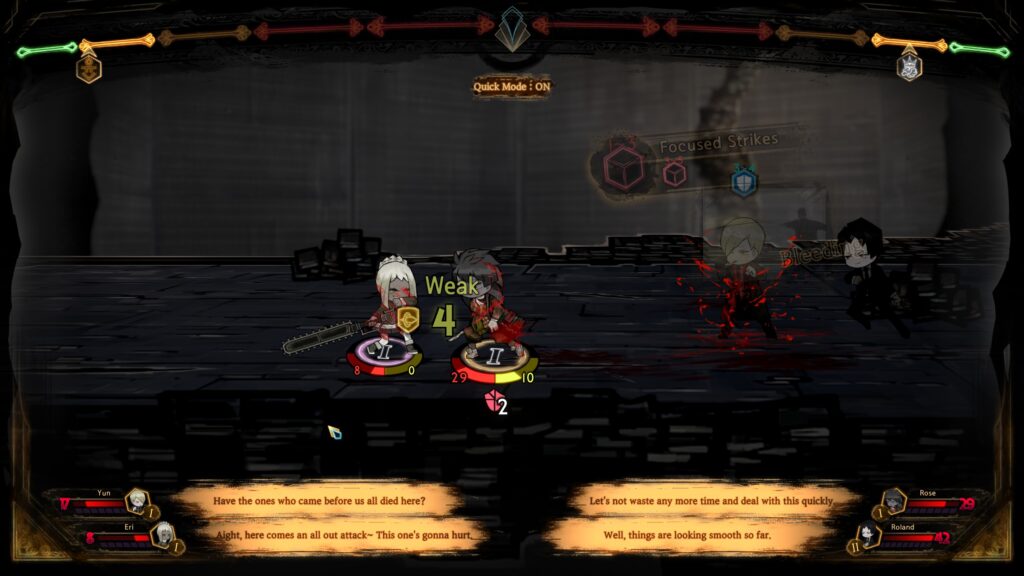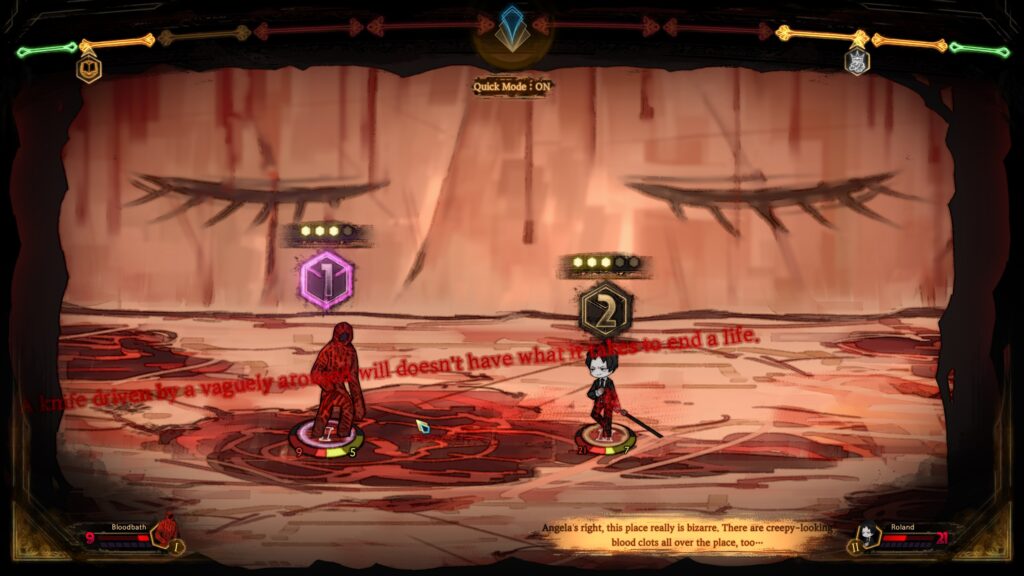Disgaea 4+ Complete (Review)

Source: Review Copy
Price: £34.99 (Some “Time saving DLC, £2.39 max each, artbook £3.99)
Where To Get It: Steam
Ah, Disgaea. An SRPG series I’ve come to enjoy, in the short time I’ve researched it before taking on this review. Its world is an odd one, it has a mix of the dark and the humorous that intrigues me, and… Well, a game where a sardine loving vampiric demon lord takes on a corrupt government over Prinny rights?
What the hell’s not to like about that story setup?

Before this continues, however, there is one important warning to players new and old: Autosave is on by default. Turn it off. Turn it off for your own sanity.
Okay, okay, the autosave is separate from manual saves, but you do want to get into the habit of saving early, and saving often. Even if you think you’ve bribed senators on votes enough, there’s still the chance you’ll be voted down and lose mana.
So, I’ve already gone over the basic plot, what the heck is this? Well, it’s a turn based strategy RPG, in which you summon units to your team, level them up, use them to kick the snot out of your enemies, and each area is about 5 maps, the last having a boss encounter. As to the details?

Well, you can tell this is a transitional game between 3 and 5, because it has the most complex set of mechanics I’ve seen in the Disgaea series. From earlier games, the summoning that doesn’t have levelling built in, so you can improve stats (somewhat), but you have to level them up through fighting, leading to repeating maps or entering the Item World, a mechanic that exists throughout the series (go through a randomly generated dungeon, with bosses every 10 levels, to level up an item and make it more rare. Oh, and this game has branching paths in the dungeons every 5 levels too.) The senate, also, has a new wrinkle to it, in the form of evil dispatches. I haven’t quite worked that one out yet, to be honest, beyond “You can place buildings that have effects on surrounding tiles, the tickmark of which chooses the leader of the group getting the benefit.”

Skills are learned through the use of mana rather than levelling, weapon levelling is gone for this installment, replaced by “You can only learn skills in your character’s weapon specialties.” Even in combat, there’s something new: Fusion. Effectively, two monsters of the same type can become one giant monster, for better stats, the ability to punt people, friend and foe alike, to one side, and, if you’re in the late game, you can magichange a fused monster (magichange being “Monster turns into a weapon, with a special ability unique to them.”) or dual wield magichanged monsters.
I could go on, and on, and on, but let’s wrap this one up. Aesthetically, it’s damn fine. My only gripe visually is the one I’ve had throughout the series, where you need to rotate the map to see certain tiles, and the things on them, and even that… Is not guaranteed if it’s a trough of some sort. You can also zoom out, but… That doesn’t really help much. The voice acting is good, from the Prinnies (we rock, dood!) to Valvatorez (SARDINES!) to the villains (some of whom become your allies.) The game is grindier than, say, 5, but not as grindy as the earlier installments.

I wouldn’t recommend this to people who don’t have a lot of free time on their hands, or people who get irritated by grind, but for SRPG players, or people with a fair amount of free time and wanting to get into SRPGs? Honestly, Disgaea isn’t a bad start, and this is certainly the best story in the series (although they’re all fun.) So yes, I recommend this one with those caveats: It’s got a lot of grind, it’s mechanically the most complex in the series, but… Well, the Disgaea series in general has fun, often silly stories (that sometimes turn dark and serious later, but there’s always a hint of the ridiculous), cool characters, and each installment has something to recommend it.
The Mad Welshman is totally not a Prinny, dood!



